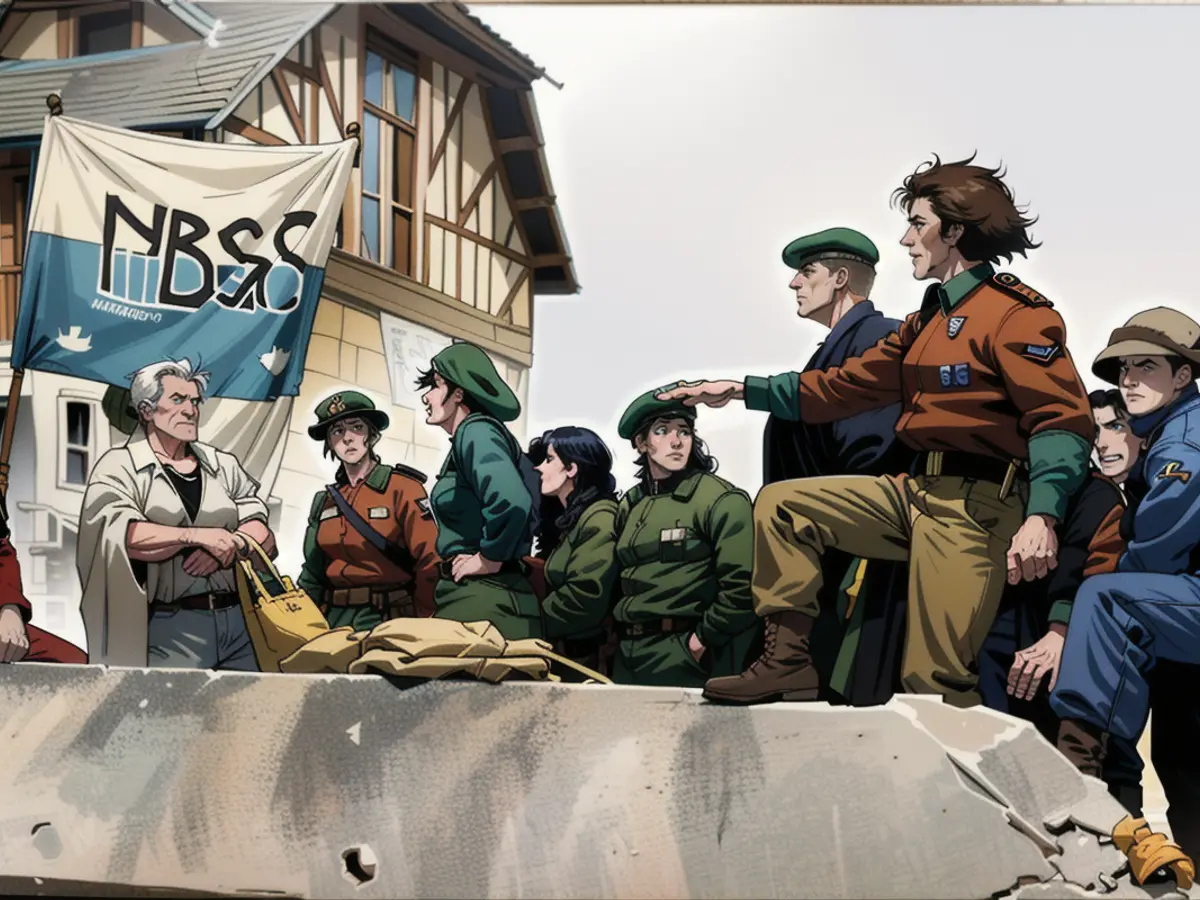Apologizing for launching grenades in their basement, the first home freed during D-Day invasion's beach raids.
On June 6, 1944, 10 boats filled with Canadian soldiers crossed the English Channel's rough waters, heading for a 1,500-yard stretch of the Normandy coastline housing a house they believed to be a railway station. This small group's purpose was to seize the coastal town of Bernieres-sur-Mer. This objective included capturing the villa, mistakenly thought to be a train station, as it would be useful as a lookout towards the sea once the beach was secured.
The soldiers had to cross the open beach for this mission, which would involve an assault landing without much cover. Arriving at the beach at 7:15 a.m., they faced intense machine gun and mortar fire. In just 20 minutes, the soldiers that survived the initial battle reached the villa and cleared out the Germans inside. This villa may have been one of the first to be freed after the beach landing during Operation Overlord.
However, the cost was severe. Around 100 Canadians lost their lives on that beach during the first minutes of the battle.
Still standing after 80 years, the half-timbered home is called "La Maison de Canadiens" in French, or Canada House in English. It serves as a memorial to the Canadians who gave their lives to liberate France, thanks to the work of one French couple, Nicole and Herve Hoffer.
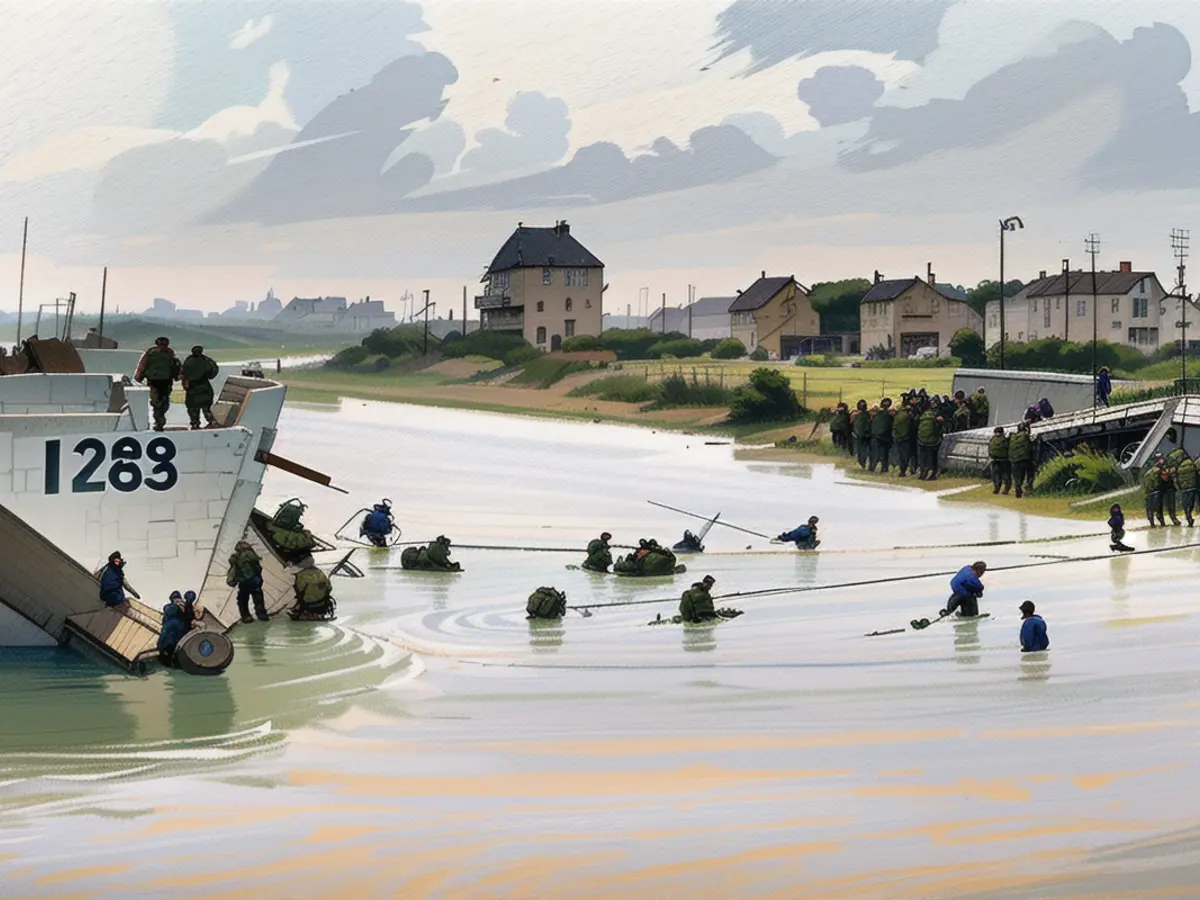
Inviting Strangers Into Their Lives
After tying the knot in 1975 and having kids, the Hoffers started spending more time at their vacation home in Bernieres-sur-Mer. Nicole noticed that passersby on the boardwalk between the house and the beach frequently stopped to take pictures of it. She asked her husband why they were doing this, but he didn't have an answer.
Built in 1928 by a Parisian man who wanted his daughters to have their own vacation homes, the villa consisted of two adjoining houses, one for each daughter. Herve Hoffer's grandparents purchased the second house in 1936.
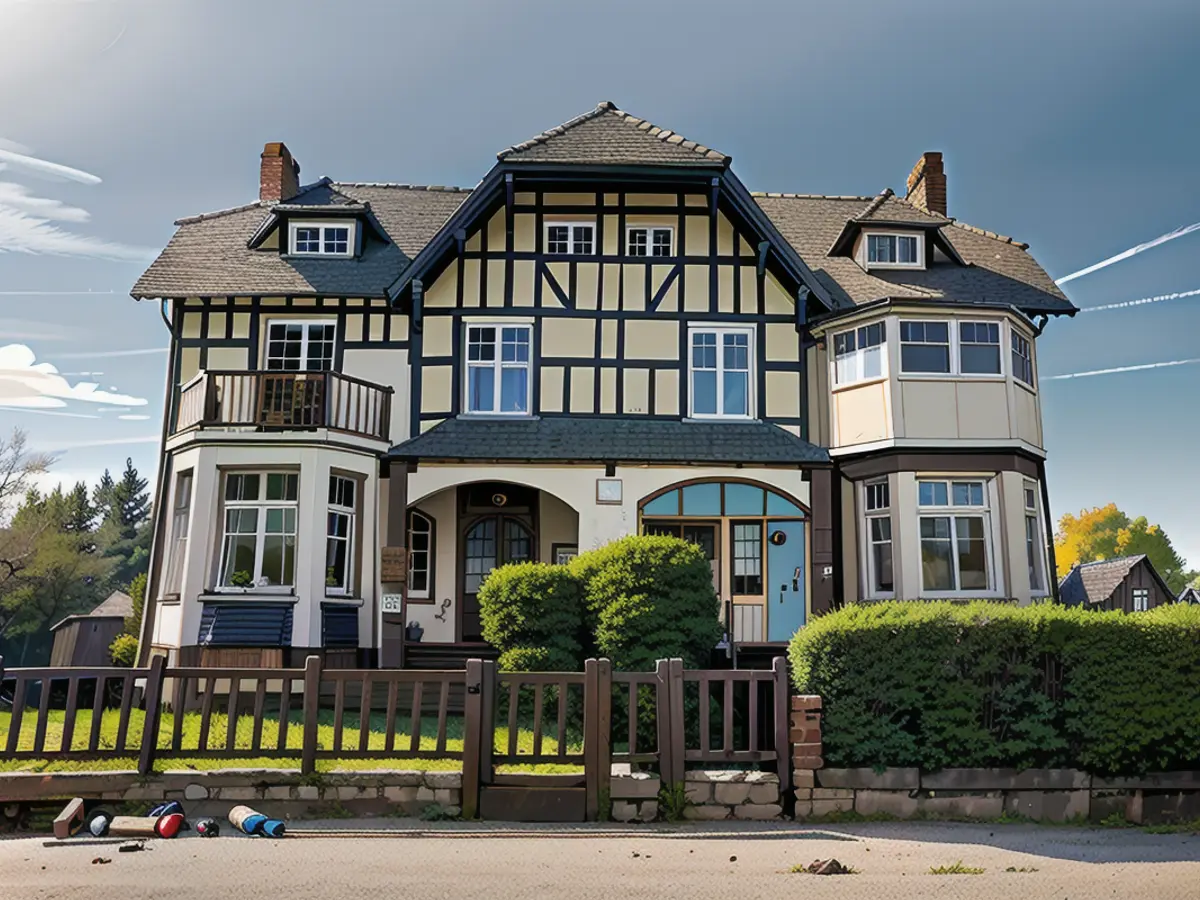
The Hoffers realized that during the Battle of Normandy, this villa had been occupied by the Germans in 1942 and later returned to their family, remarkably undamaged. Many other homes during the battle had been destroyed by allied bombardment.
Curious about the reason behind the frequent photography, the Hoffers began asking those who took the photos. They discovered that many of them were Canadian veterans journeying back to where they had landed on D-Day. The couple would invite them into their home for drinks, Calvados (an apple brandy from Normandy), or meals, during which the former soldiers would share their stories.
Nicole Hoffer recalled, "Even in my own family, I've been criticized... how could I open the door to strangers? I'd say, well, if the foreigners hadn't come, you might not be here today. They brought us freedom, many at the risk of their lives."

The Hoffers noted that each introduction typically began with disbelief at seeing the house unchanged after so many years. Veterans would then share stories that not even their families and friends had heard.
As the years progressed, the Hoffers gathered more information about the significance of their vacation home. They learned that when Canadian forces landed at H-Hour, the start of the amphibious assault, the Germans inside the home had opened fire with a machine gun placed on a bench, aiming out the front window. Most of the soldiers not hit by this gun hid behind a beach wall close to the villa, where they could regroup and clear out the German troops from the house.
Many returning soldiers are surprised to find the wall torn down and buried by sand over time. However, the house itself remains largely unaltered.
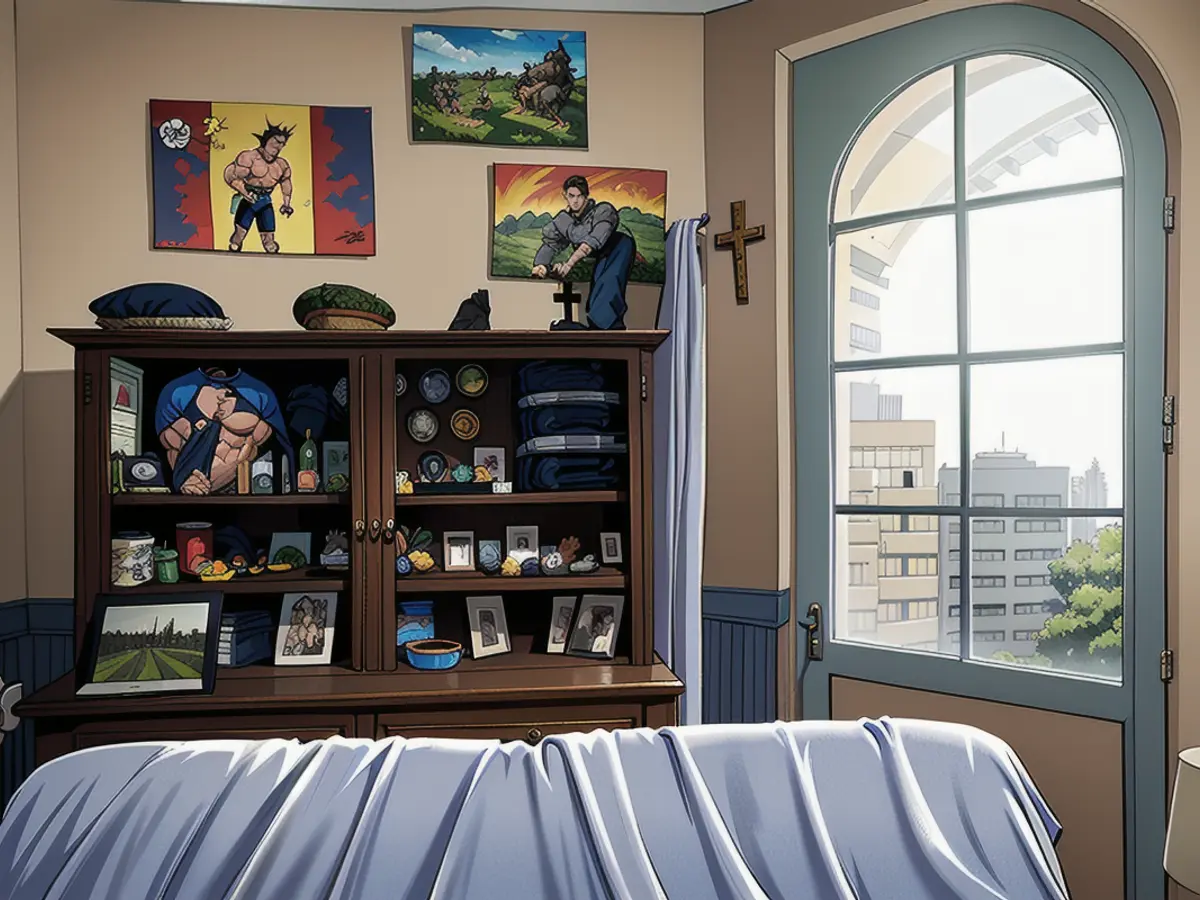
A Memorial-filled Summer Home
The Hoffers found that the number of veterans returning increased over the years, bringing with them various souvenirs. Their summer home has effectively become a museum, filled with medals, flags, paintings, and other trinkets. Their guestbook also contains signatures from numerous veterans and their families visiting Juno Beach. One signatory, Ernie Kells, even apologized for throwing grenades into the Hoffers' basement to drive out the Germans.
Among the numerous memorials, a cross with a broken-off limb drew special attention. This cross had been in a soldier's pocket when a piece of shrapnel had struck it, possibly saving his life. Years later, on his deathbed, the soldier asked his family to return the cross to the Hoffer's home.
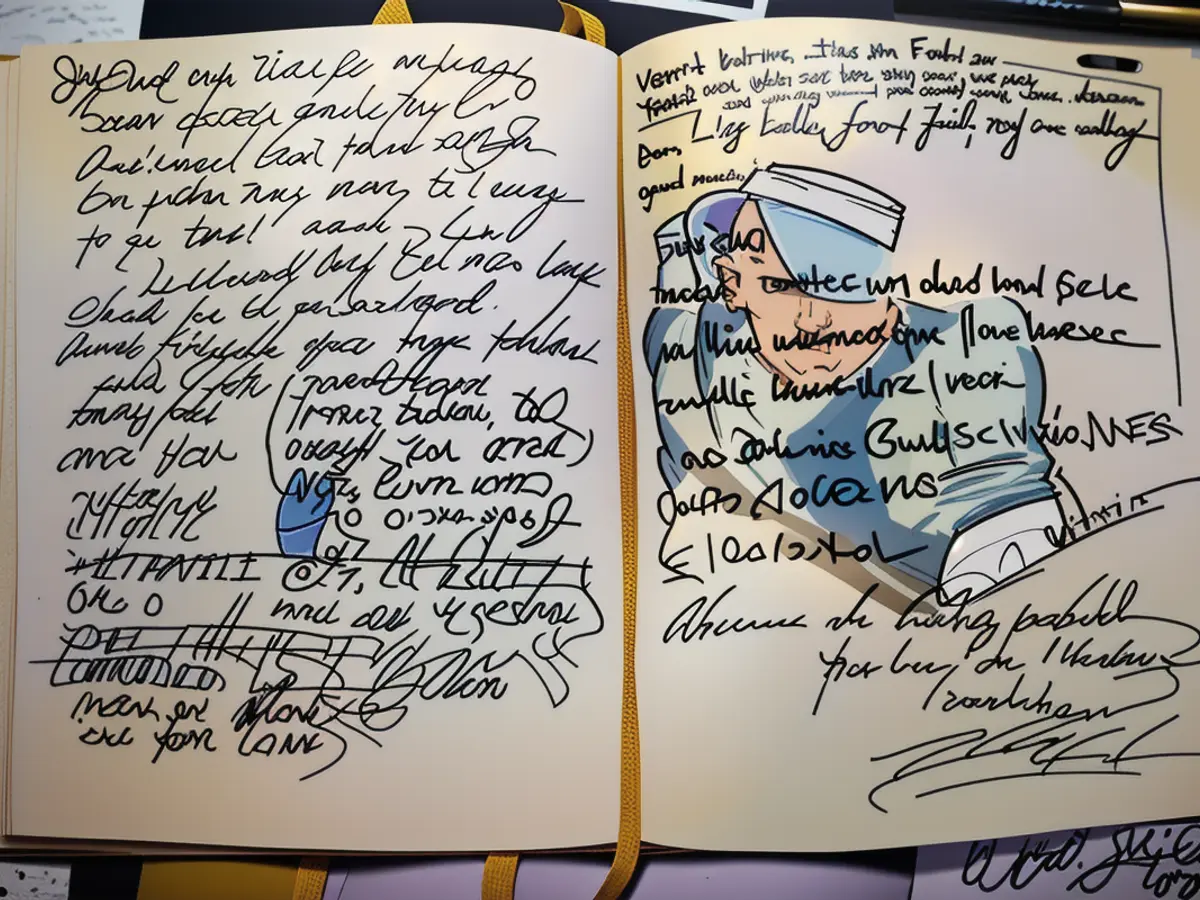
"In the house, you find a lot of memories," she said.
The Hoffers eventually started hosting their own ceremony in honour of fallen Canadian soldiers. About a week before June 6th, they would light a paraffin lamp and leave it burning on their balcony. On the night of the anniversary, bagpipers play as the lamp is tossed into the sea, while guests put flowers and crosses where the water meets the sand.
Herve Hoffer was the one responsible for throwing the lamp before his sudden passing in 2017. In his memory, Nicole Hoffer has opened their home to even more veterans than before. She said, "Now there's trips, entire buses who come and ask if we can open the house."
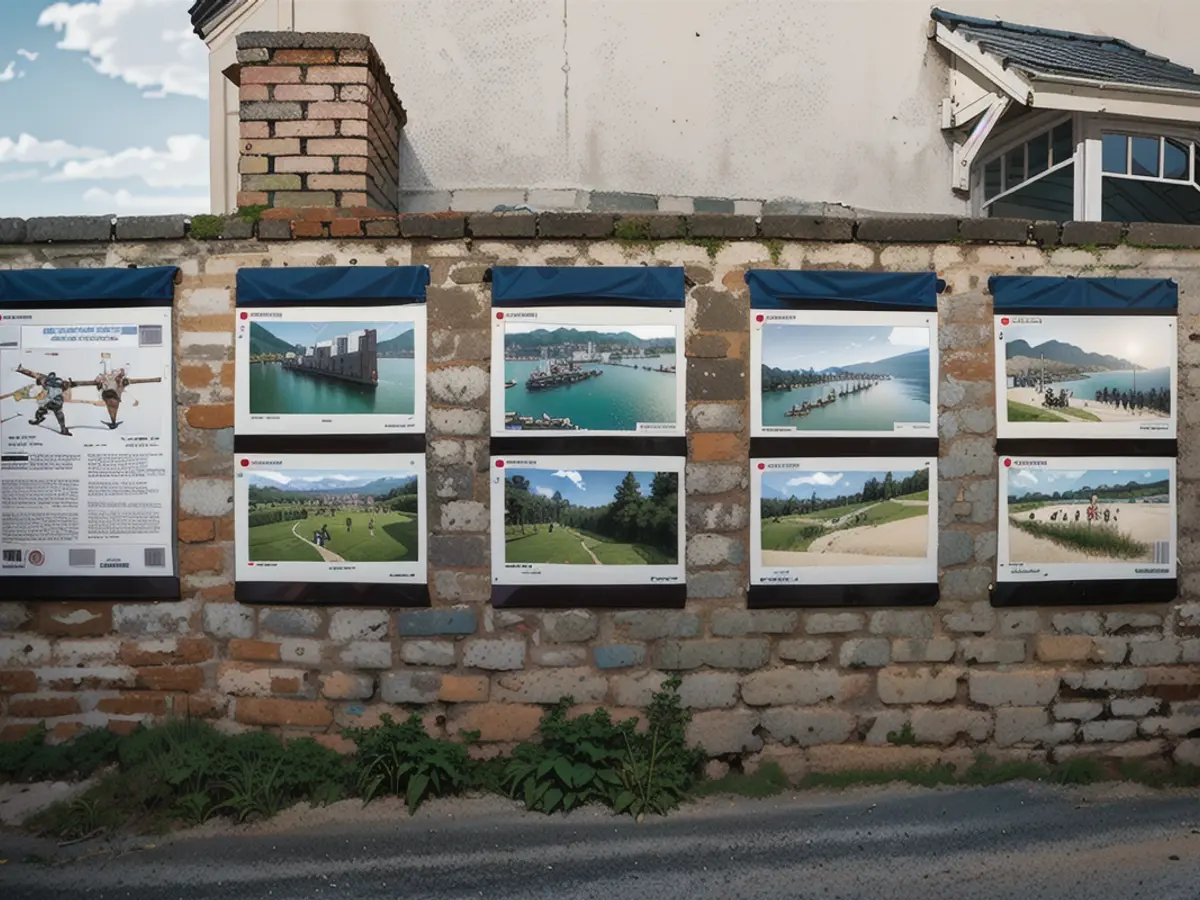
For the 80th anniversary of D-Day this year, Nicole is expecting a bigger crowd. Not only will there be the standard visitors to her home, but the west side of the house will be open to the public for the first time since being bought by the local government. It will host an exhibit containing the accounts of French adults who experienced D-Day as children.
Read also:
The Hoffers learned that during the Battle of Normandy, the villa they owned had been occupied by the Germans in 1942 and later returned to their family, remarkably undamaged. This was a testament to the fact that many travel destinations, even during times of war, can remain relatively untouched.
During their annual tradition of hosting veterans, the Hoffers encountered a soldier who apologized for launching grenades in their basement to drive out the Germans. This incident highlighted the deep connection between the villa's history as a World War II destination and the stories of travelers who had been there during the war.
- Fear of escalation in the Middle East: US Secretary of State Blinken travels to the region again
- Government circles: US Secretary of State Blinken to travel to Middle East again
- Bridging days 2024: How you can double your vacation this year
- Germany has wanderlust: how tour operators and airlines are looking ahead to the next travel year
